The Five E's- Leading Us to Excellence
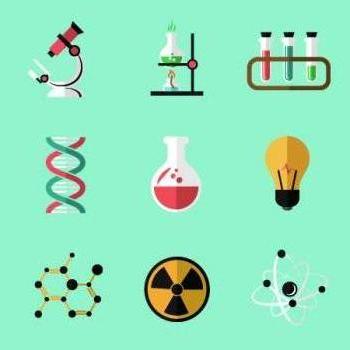
- School:
- DeBary Elementary School
- Subject:
- Science
- Teacher:
- Valerie Marcus
- Students Impacted:
- 450
- Grade:
- K-5
- Date:
- September 10, 2023
Investor
Thank you to the following investor for funding this grant.
Duke Energy - $512.65
Original Grant Overview
Goal
According to, “Why do We Need to Teach Science in Elementary School,” (Cafarella, Mcculloch and Bell, January 2017), the future of our nation depends on a scientifically literate public, but less than 35% of K-5 grade students receive daily instruction in science. Participation in quality science instruction from an early age encourages students to develop a favorable attitude towards science. In my science intervention classes for grades 3-5, my goal is to enable students to connect science hands-on learning with the grade level content standards. Students need to participate in the 5E’s of the science learning process (Engage, Explore, Explain, Elaborate, Evaluate), which helps provide structure for students to connect science ideas with experiences, and apply this learning to new contexts. In order for this to occur, I need to have the necessary science materials for my students to engage and explore. These processes will lead to explaining what they learned, elaborating to new situations, and evaluating the outcomes and impact. Grade levels receive district funding for science consumables to use in their classrooms on a daily basis, but as a science intervention teacher, I work with the students that haven't yet mastered the standards after receiving classroom instruction. Having the ability to have tangible materials at my students' fingertips for each and every lesson, in an intervention setting with 15-20 other peers, could be the connection they need to cement their learning and master the standards.
What will be done with my students
As a science intervention teacher, I work with 15-20 students in Grades 3-5 during a 50 minute special area block of time. During this time, I focus on remediating standards that the group of students didn't show mastery on during formative assessments. Using data to determine the groups enables me to focus on specific standards that benefit the students specifically present for the lesson. Using District VBA data, as well as state assessment data, the standards with the lowest proficiency were analyzed and learning targets established to remediate students in the most efficient way possible. Lessons are then aligned to the learning targets and success criteria to maximize student learning. The standards of focus for the materials requested will include:
FL.SC.3.P.10.1 Identify some basic forms of energy such as light, heat, sound, electrical, and mechanical.
FL.SC.3.P.10.3 Demonstrate that light travels in a straight line until it strikes an object or travels from one medium to another.
FL.SC.4.E.6.4 Describe the basic differences between physical weathering (breaking down of rock by wind, water, ice, temperature change, and plants) and erosion (movement of rock by gravity, wind, water, and ice).
FL.SC.4.L.16.1 Identify processes of sexual reproduction in flowering plants, including pollination, fertilization (seed production), seed dispersal, and germination.
FL.SC.4.P.11.1 Recognize that heat flows from a hot object to a cold object and that heat flow may cause materials to change temperature.
SC.5.E.7.1 Create a model to explain the parts of the water cycle. Water can be a gas, a liquid, or a solid and can go back and forth from one state to another.
SC.5.E.7.3 Recognize how air temperature, barometric pressure, humidity, wind speed and direction, and precipitation determine the weather in a particular place and time.
Students will set up weather stations, collect data using the appropriate weather tools, and analyze the patterns to identify patterns of weather. They will explore various types of energy rotating through stations in multiple sessions, including sound, mechanical, chemical, light, heat, and electrical. They will explore with changing forms of energy and transfer of energy, as well as Laws of Motion. The three types of matter will be investigated, changing one form to another as well as evaporation, condensation, melting, boiling. Matter will also be sorted using filters, sieves, evaporation, forceps, physical properties. Students will also dive into life science by growing plants, exploring germination, sprouting, reproduction, seed dispersal, pollination and fertilization with various soil types, water levels, and light. All of these lessons will be completed throughout the school year building upon previous grade level standards to establish mastery.
Benefits to my students
Students are pulled during Special Area time to remediate science standards. Since this is a high interest time for students, the lessons need to be engaging, and directly connected to learning standards to maximize student potential. Students will enter a high energy classroom, and immediately build excitement with the activities planned with them. Using specific student data, lessons will be aligned to connect prior learning, with hands on experiences, ending with elaboration to connect to new learning. The goal is to build upon previous standards to create a strong foundation that leads to students growth. Students of all backgrounds will learn that science can be fun and interactive, while focusing on the knowledge to become more productive citizens in the field of science. These students can then be experts in their class, going from remediation to mastery and building student confidence.
Budget Narrative
The materials listed will be used as follows:
Full spectrum plant lights, seed pots, and soil will be used to grow plants from seeds to investigate the process and identify the steps. The strainer, collanders, magnets, iron filings, sand, hot plate, pans will be used to identify states of matter, as well as sort and separate matter. The hot plates and pans, as well as thermometers will also be used for evaporation, condensation, precipitation, along with the plastic containers to make water cycles and observe the process. Flashlights and boom sticks are needed to complete the centers prepared for energy investigation and energy transfer (sound, light, electrical, chemical, heat, mechanical) The weather station, wind vane and anemometer will also data to be collected over time to observe patterns in weather. The sandpaper will be used for force and motion to create friction. All of these materials are materials that the science lab is lacking to positively impact student learning during science intervention. The materials will also be available for classroom teachers to check out and use with their classes.
Items
| # | Item | Cost |
|---|---|---|
| 1 | Full Spectrum Plant light | $24.99 |
| 2 | Full Spectrum Plant light | $24.99 |
| 3 | 24 Pack Plastic Seed Pots | $8.99 |
| 4 | 24 Pack Plastic Seed Pots | $8.99 |
| 5 | Sandpaper | $11.78 |
| 6 | Anemometer | $30.99 |
| 7 | Weather Station | $29.99 |
| 8 | 2 burner hot plate | $27.80 |
| 9 | 30 pack storage container with lids | $13.99 |
| 10 | 30 pack storage container with lids | $13.99 |
| 11 | Stainless Steel Pots and Pans | $71.69 |
| 12 | mesh strainer | $4.39 |
| 13 | mesh strainer | $4.39 |
| 14 | mesh strainer | $4.39 |
| 15 | mesh strainer | $4.39 |
| 16 | mesh strainer | $4.39 |
| 17 | mesh strainer | $4.39 |
| 18 | set of 3 colanders | $15.99 |
| 19 | boom sticks | $12.99 |
| 20 | magnetic wands | $13.49 |
| 21 | magnets | $15.98 |
| 22 | iron filings | $15.99 |
| 23 | potting soil | $8.98 |
| 24 | play sand | $5.97 |
| 25 | mini flashlights | $25.99 |
| 26 | liquid thermometers with case | $15.15 |
| 27 | liquid thermometers with case | $15.15 |
| 28 | liquid thermometers with case | $15.15 |
| 29 | liquid thermometers with case | $15.15 |
| 30 | liquid thermometerswith case | $15.15 |
| 31 | wind vane | $26.99 |
| Total: | $512.65 |
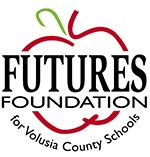
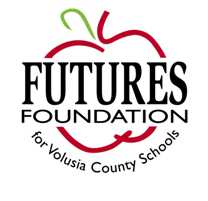
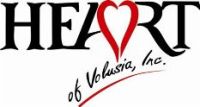


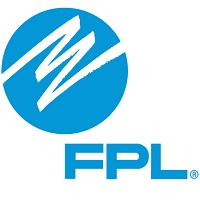
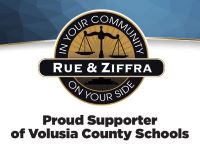





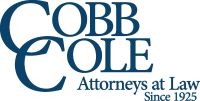


Share
Please share this page to help in fulfilling this grant.
Email to a Friend